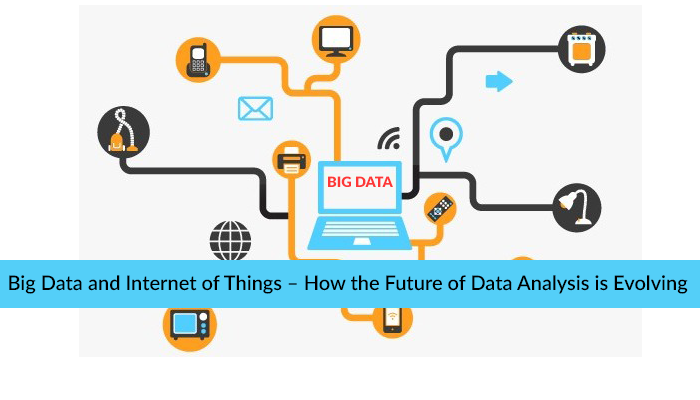 The Internet of Things (IoT) and ‘big data’ are the most-talked-about technology topics in recent years. Big data is characterized with the aid of ‘4 Vs’: volume, variety, velocity and veracity.
The Internet of Things (IoT) and ‘big data’ are the most-talked-about technology topics in recent years. Big data is characterized with the aid of ‘4 Vs’: volume, variety, velocity and veracity.
The IoT will hugely expand the amount of data on hand for evaluation by all methods of organizations. However, there are large limitations that must be overcome earlier rather then later before expertise advantages are thoroughly realized. The IoT and big data are certainly intimately related: billions of internet-connected ‘things’ will, by definition, generate giant amounts of data.
The IoT will become a much more diverse, well known and pervasive international network. One day, IoT endpoints will not be restrained to consumer, business, governmental and scientific uses, but will span all arenas of the human pastime. Indeed, within the insight economic system, the Internet of things is poised to emerge as the most important big data analytics cloud by a long shot. Although big data is essential to the Internet of things, it is a ways from being the main piece of the IoT fabric.
One of the future uses of IoT is in big-data analytics. Analysis tasks regularly have hard due dates and data quality is an essential concern for the different applications. For most applications, the data-driven models and strategies fit for operating at scale, are still unknown. Hadoop, a structure and collection of tools for processing enormous data sets, was originally designed to work with clusters of physical machines. That has changed.
Distributed analytic frameworks, for example MapReduce, are developing into appropriate resource managers that are gradually transforming Hadoop into a universally useful data operating system. With these frameworks, one can perform a broad range of data manipulations and analytical operations by connecting them to Hadoop as the disseminated document storage system.
The blend of big data and computing power allows analysts to investigate new behavioral data for the duration of the day; for example, websites visited or location.
Alternatives to traditional SQL-based relational Databases, referred to as NoSQL databases, are speedily gaining status as tools to be used in certain varieties of analytical purposes and that momentum will continue to gain ground in the corporate world.
Deep learning empowers PCs to perceive items of enthusiasm for substantial amounts of unstructured and binary data and to identify and utilize connections without requiring particular models or programming guidelines.
The utilization of in-memory databases to accelerate systematic processing is progress and exceptionally valuable in the right setting. In fact, numerous organizations are now utilizing HTAP allowing operations and analytic processing to reside in the same in-memory database.
The Internet of Things represents a general concept of the capacity of network devices to sense and collect data from the world around us, and afterward, share that data over the Internet where it can be handled and used for different and intriguing purposes. With so many emerging trends in big data and analytics, IT organizations need to design circumstances that will enable analysts and data scientists to do additional research.
IT managers and the implementers cannot use a lack of maturity as an excuse to halt experimentation. Originally, only a few people — the most experienced analysts and data scientists — needed to do research. This is no longer the case.
Those users and IT should collectively discover when to release new sources to the rest of the organization. And IT shouldn’t significantly control an analyst who want to move ahead full-throttle. Rather IT needs to work with researchers to “put a variable-speed throttle on these useful new tools.”

